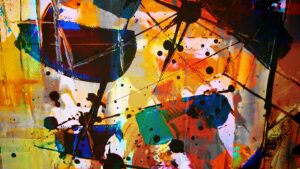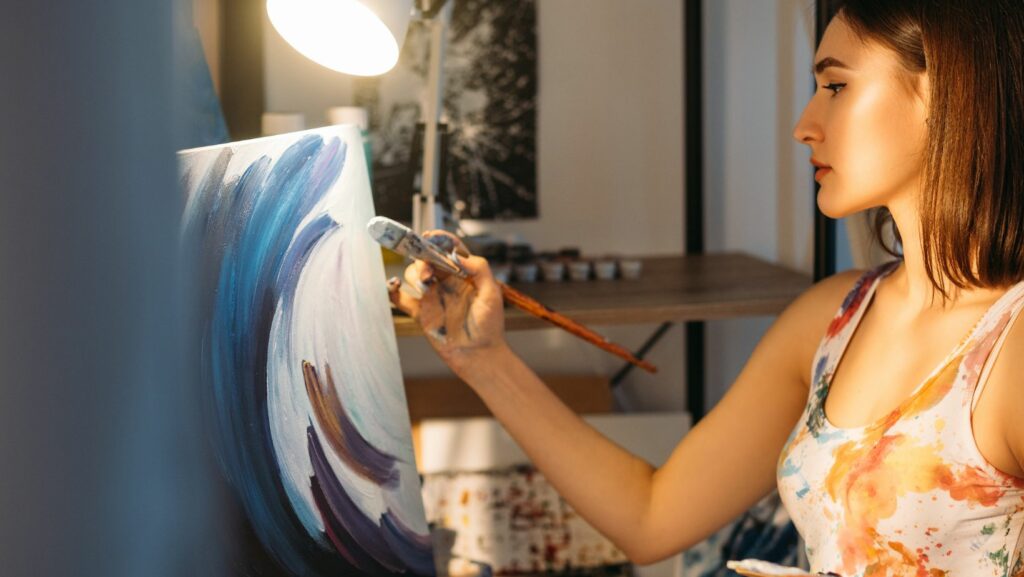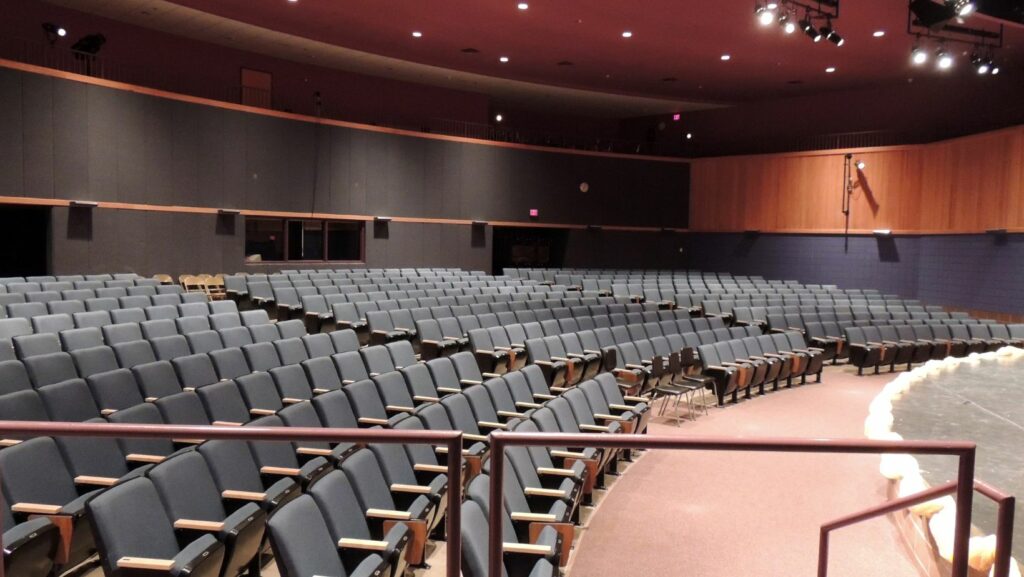Visual arts, a captivating realm of creativity, has been an integral part of human expression for centuries. From the vibrant cave paintings of prehistoric times to the digital masterpieces of today, visual arts encompass a wide array of mediums and styles that continue to evolve. They offer a unique lens through which individuals can explore culture, history, and personal identity.
Understanding the fundamentals of visual arts not only enriches one’s cultural knowledge but also enhances creative thinking. By delving into this vibrant field, individuals can unlock their potential to communicate ideas and emotions in powerful, transformative ways.
Intro To Visual Arts
Visual arts encompass various disciplines, each offering distinct ways to interpret the world. Painting, sculpture, photography, and printmaking present creative expressions shaped by culture, history, and personal experiences. Artists use these mediums to engage audiences, provoke thought, and convey emotions.
Painting uses elements like color, form, and composition to create images. Techniques vary from realism, imitating real-life appearances, to abstraction, focusing on emotion and concept rather than direct representation.

Sculpture involves shaping materials into three-dimensional forms. This art form ranges from traditional mediums like marble and bronze to modern materials like plastic and digital models. Sculptures often address themes of human experience, nature, and technology.
Understanding these aspects of visual arts provides insight into artists’ intentions, fostering a deeper appreciation of their work. Exploring visual arts broadens one’s perspective, enriching cultural awareness and promoting imaginative thinking.
Key Elements of Visual Arts
Visual arts rely on fundamental elements that artists use to express their ideas. These elements serve as the building blocks for creating visual narratives and enhancing the communication of concepts in art.
Line and Shape
Line and shape form the foundation of visual composition. Lines guide the viewer’s eye and define shapes, creating balance and movement. Straight lines suggest order, while curves introduce softness and fluidity. Shapes, ranging from geometric to organic, bring structure and meaning to the artwork, representing objects, spaces, or abstract concepts.
 Color and Texture
Color and Texture
Color and texture add depth and vibrancy. Color conveys emotions and moods; red can evoke passion, blue may suggest calmness. Color theory involves relationships like complementary and analogous colors, which enhance the visual experience.
Texture implies tactile surfaces, bringing artworks to life. Artists use techniques like impasto or smooth gradients to create visual interest and realism.
Space and Form
Space and form establish dimension. Space defines the area within which an artwork exists, using foreground, middleground, and background to set context. Form turns shapes into three-dimensional entities, adding volume and perspective.
Prominent Visual Art Forms
Prominent visual art forms, central to an intro to visual arts, offer diverse ways of artistic expression and interpretation. Each form presents unique techniques and styles that contribute significantly to cultural and artistic landscapes.
Painting and Drawing
Painting and drawing serve as foundational visual arts techniques for creating imagery across time periods. Painters use mediums like oil, acrylic, and watercolor, alongside techniques such as glazing and impasto, to manipulate color and light.
Sculpture and Installation
Sculpture transforms materials, including stone, clay, and metal, into three-dimensional forms. Techniques like carving and casting address both organic and abstract themes, from human anatomy to industrial design. Installation art expands the concept of space by creating immersive environments that challenge conventional art-viewing experiences.
Digital and Mixed Media
Digital art, a modern visual art form, employs technology to produce innovative works. Software and digital tools, such as graphic design platforms and 3D modeling, offer new possibilities for creativity and precision. Mixed media combines traditional and digital approaches by integrating varied materials and techniques, resulting in hybrid artworks.
Importance of Visual Arts in Society
Visual arts play a crucial role in society by fostering cultural dialogue and self-expression. They act as catalysts for social change, addressing issues through engaging imagery that stimulates public discourse. By interpreting cultural values and historical contexts, visual arts provide insights into societal norms and beliefs.
 Communities benefit from visual arts as they promote economic development and contribute to a city’s identity. Artworks attract tourism and enhance local businesses, creating vibrant cultural hubs. Museums and galleries offer spaces for education and community engagement, showcasing various art forms and connecting people with diverse perspectives.
Communities benefit from visual arts as they promote economic development and contribute to a city’s identity. Artworks attract tourism and enhance local businesses, creating vibrant cultural hubs. Museums and galleries offer spaces for education and community engagement, showcasing various art forms and connecting people with diverse perspectives.
Individuals experience personal growth and mental health benefits through interaction with visual arts. Creating or appreciating art offers therapeutic effects, reducing stress and improving well-being. As a universal language, visual arts break cultural barriers, bringing people together and inspiring unity in a diverse world.



